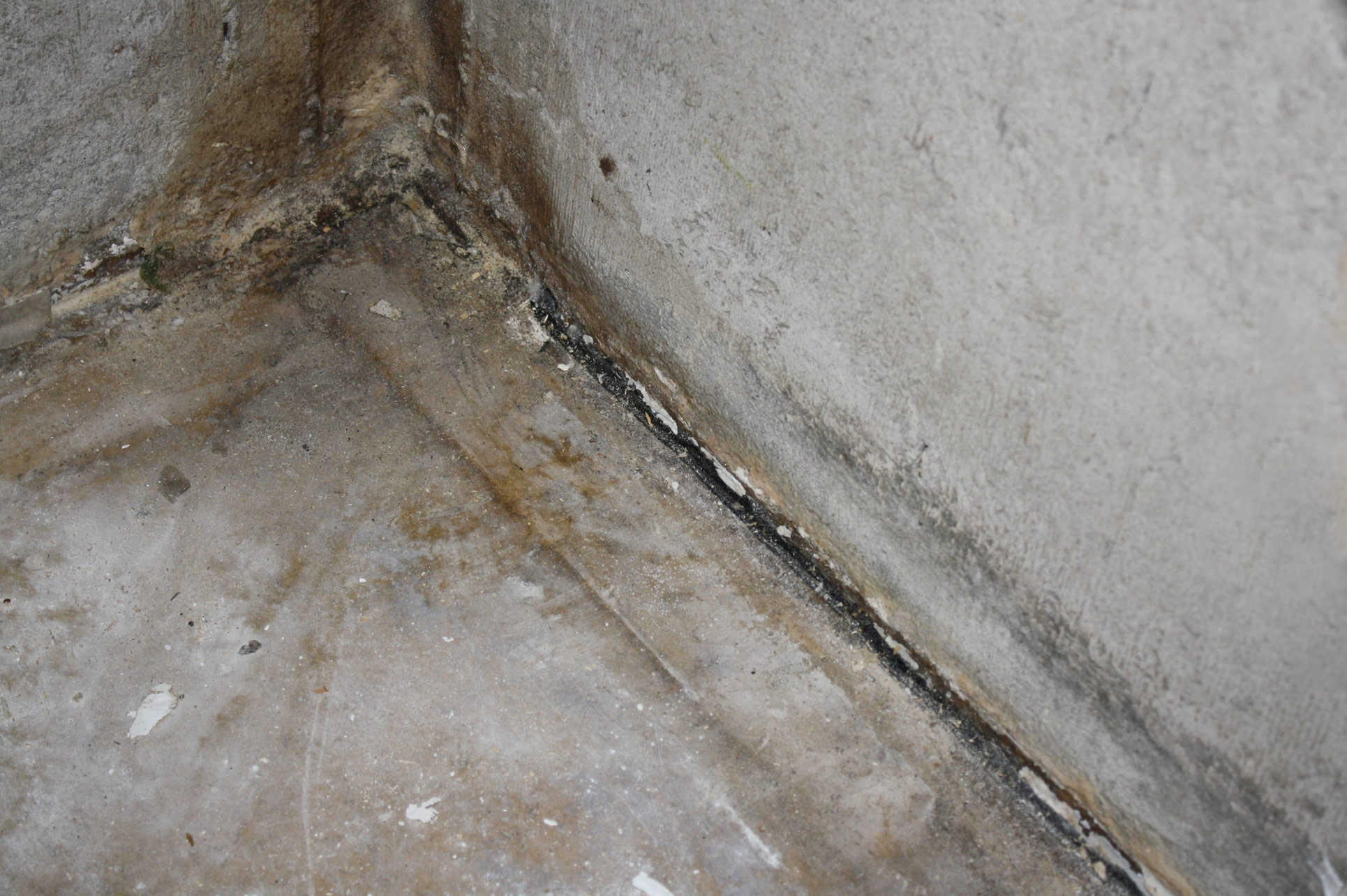Identify A Half-Dozen of The Commonest Triggers for Leakage Within Your Home
Browse WebsiteWe've found this article on Top Causes of Home Water Leaks directly below on the internet and figured it made good sense to share it with you on this page.

Leakages not just trigger waste of water but can likewise cause unneeded damages to your residence as well as advertise unwanted organic development. Sadly, water leakages might go unnoticed given that most of the pipework in our home is hidden. By recognizing and looking for everyday situations that trigger leaks, you can safeguard your residence from future leaks and also unneeded damage. Today, we will check out six leak triggers that might be triggering your pipes to leak.
Instantaneous temperature level modifications.
Extreme temperature modifications in our pipes can create them to broaden and also contract unexpectedly. This growth and contraction may trigger fractures in the pipes, specifically if the temperature are below freezing. It would be best if you watched on just how your plumbing functions. The existence of the previously pointed out circumstances regularly suggests a high danger.
Rusty water systems
This could be the cause of staining or bending on your water pipes. If our plumbing system is old, take into consideration changing the pipes because they are at a higher danger of deterioration than the newer models.
Faulty Pipe Joints
The point at which your pipes connect is often the weakest link in the waterline. Pipeline joints can wear away over time, leading to water leaks. The bulk of pipe joints are not quickly noticeable. If you have noisy pipelines that make ticking or banging noises, particularly when the warm water is turned on, your pipe joints are probably under a great deal of stress. It is a good idea to have your plumber examine your system yearly.
Elbowing in roots
The majority of water leakages start outside the residence instead than inside it. You may observe damp patches or sinkholes in your yard, and also that might imply that tree origins are attacking water lines creating water to leak out.
Poor Water Connectors
At times, a leak can be triggered by loose tubes and also pipelines that provide your home appliances. In case of a water connections leakage, you might see water running directly from the supply line or pools around your appliances.
Clogged Drains
Clogged drains pipes could be bothersome as well as inconveniencing, but they can often wind up triggering an overflow bring about break pipes. Keep eliminating any kind of products that may decrease your drains that could block them to avoid such troubles.
All the above are root causes of leakages yet not all water leaks arise from plumbing leakages; some leakages could originate from roofing leaks. All leakages need to be repaired promptly to stay clear of water damages.
Leaks not just trigger waste of water however can also cause unnecessary damages to your house and also advertise undesirable organic growth. By looking and recognizing for everyday scenarios that cause leaks, you can secure your home from future leakages and unneeded damage. Today, we will certainly look at six leak triggers that may be creating your pipelines to trickle.
At times, a leak can be caused by loose tubes and also pipes that supply your devices. In instance of a water connections leak, you may see water running straight from the supply line or puddles around your appliances.
How To Check For Water Leak In Your Home
How To Check for Leaks
The average household's leaks can account for nearly 10,000 gallons of water wasted every year and ten percent of homes have leaks that waste 90 gallons or more per day. Common types of leaks found in the home are worn toilet flappers, dripping faucets, and other leaking valves. These types of leaks are often easy to fix, requiring only a few tools and hardware that can pay for themselves in water savings. Fixing easily corrected household water leaks can save homeowners about 10 percent on their water bills.
To check for leaks in your home, you first need to determine whether you're wasting water and then identify the source of the leak. Here are some tips for finding leaks:
Take a look at your water usage during a colder month, such as January or February. If a family of four exceeds 12,000 gallons per month, there are serious leaks.
Check your water meter before and after a two-hour period when no water is being used. If the meter changes at all, you probably have a leak.
Identify toilet leaks by placing a drop of food coloring in the toilet tank. If any color shows up in the bowl after 10 minutes, you have a leak. (Be sure to flush immediately after the experiment to avoid staining the tank.)
Examine faucet gaskets and pipe fittings for any water on the outside of the pipe to check for surface leaks.
Undetected water leaks can happen without the home or business owner even realizing. If you suspect a water leak, but not able to find the source. It is time to contact a professional water leak detection service, The Leak Doctor.
How To Find a Water Leak In Your Home
https://www.leakdoctor.com/blog/How-To-Check-For-Water-Leak-In-Your-Home_AE197.html

I ran across that piece of writing about How to Find Water Leaks when doing a lookup on the web. Be sure to set aside a second to distribute this post if you enjoyed reading it. We take joy in reading our article about Common Water Leaks In House.
Visit My Web Page